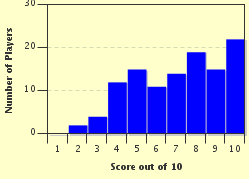Quiz Answer Key and Fun Facts
1. Aconcagua is the highest mountain in South America. In what country would you find it and in what mountain range?
2. Christ the Redeemer spreads his arms and blesses the city of Rio de Janeiro, Brazil. On what mountain is it located?
3. The largest city in Brazil started as a coffee growing area but has developed over years into a financial center. For what saint is this city named?
4. What South American country is 2,670 miles north to south, but only 217 miles east to west?
5. The strange object that you see is actually an aerial photograph of the Amazon River. It is most associated with Brazil, but in what country is its source located?
6. The Galeras Volcano is one of the most active in South America. In which country would we find it?
7. Pictured are salt flats called Salar de Uyuni. In what South American country would they be found?
8. Charles Darwin did much of his research on these islands just off the west coast of South America. These are the historic Galapagos. What South American country owns them?
9. Jungle pilot Harry Gibson, while flying over remote Venezuela in 1961, spotted these unusual formations in the middle of a deeply forested area. It was not until 1976 that scientists determined what they were. What would be the common name for these large holes?
10. This is a view of one of the famous beaches in Rio de Janeiro that was popularized by Stan Getz and Astrud Gilberto. Which of these is it?
Source: Author
Rehaberpro
This quiz was reviewed by FunTrivia editor
Pagiedamon before going online.
Any errors found in FunTrivia content are routinely corrected through our feedback system.


